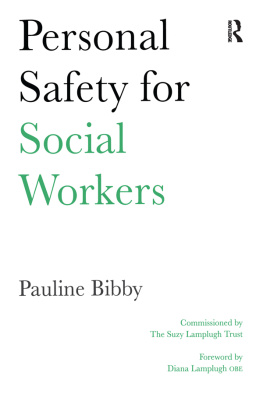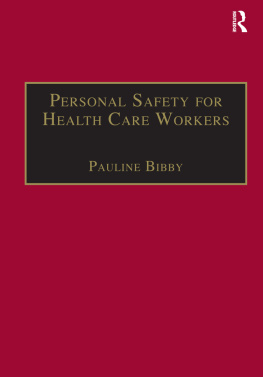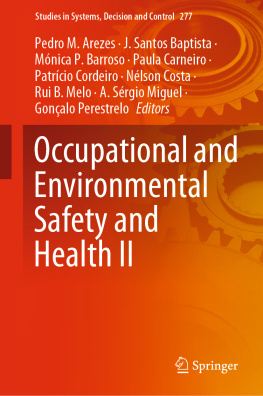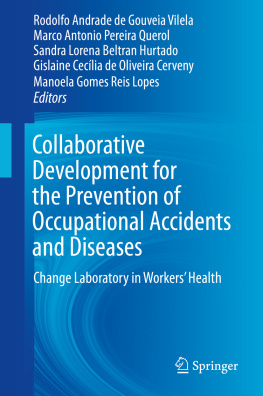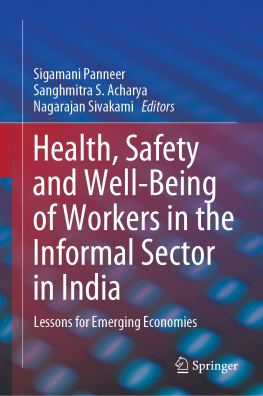First published in 2013 by Critical Publishing Ltd.
All rights reserved. No part of this publication may be reproduced, stored in a retrieval system, or transmitted in any form or by any means, electronic, mechanical, photocopying, recording or otherwise, without prior permission in writing from the publisher.
Copyright Brian Atkins
British Library Cataloguing in Publication Data
A CIP record for this book is available from the British Library
ISBN: 978-1-909330-33-7
This book is also available in the following ebook formats:
Kindle ISBN: 978-1-909330-33-4
EPUB ISBN: 978-1-909330-35-1
Adobe ebook ISBN: 978-1-909330-36-8
The rights of Brian Atkins to be identified as the Author of this work have been asserted by him in accordance with the Copyright, Design and Patents Act 1988.
Cover design by Greensplash Limited
Project Management by Out of House Publishing
Typeset by Newgen Imaging Systems
Printed and bound in Great Britain by TJ International
Critical Publishing
152 Chester Road
Northwich
CW8 4AL
www.criticalpublishing.com
Introduction: Why this book?
I am a registered social worker, and currently work as a childrens social care consultant and trainer. I have been involved in childrens social care and youth justice services for many years, as a practitioner, supervisor and manager in local authority services. In this time I have worked alongside many health professionals who also practise in the child protection field, and who share many experiences with social workers.
During this time I have been aware of the impact of aggression, intimidation and violence from service users and their families on child protection workers and their ability to do their job professionally and effectively. This particularly affects workers on the front line, but is also an issue for their supervisors, managers and employers, and ultimately affects the performance of the service overall.
As a practitioner and first line manager in local authority childrens services I have been subject to verbal aggression, been threatened by family members, been followed home, have had threats to my children and family, been threatened with knives and air pistols, and have been assaulted with a hammer leaving me with a depressed fracture of the skull. Episodes like these were not of course a daily occurrence, but occurred over a long period as a practitioner.
I have also been in a hostage relationship with a violent service user, which lasted a number of years, and of which I was unaware until reading Janet Stanley and Chris Goddards remarkable book In the firing line. Reading the chapters on hostage theory made me realise the situation I had been in, and how it had affected my professional judgement in a serious child protection case.
I have witnessed the bravery of colleagues who have visited families with a known violent reputation to challenge them on the care of their children. They preferred to visit alone or with a social work colleague, and not involve the police as they felt this would undermine their relationships with the family. (The police, incidentally, would only visit such families in pairs, having more regard for their personal and professional safety.) While I greatly admire such personal courage, it should not be necessary within the job: with the right planning, systems and training these situations could be managed or avoided. This is a key message of this book.
I also have a background as a competitive judo player and coach. Perhaps because of this and the fact that I am male I was allocated many of the more intimidating, violent and aggressive families to work with in my time as a practitioner. I found that my judo background helped give me more confidence in working with these families, but clearly a physical response to threat is not appropriate in a professional setting. It also did not protect me from the anxiety that all of us feel when threatened.
Through this experience as a practitioner, and subsequent experience as a manager and consultant, I have realised that child protection and other workers in health and social care need a wide range of skills and knowledge to work safely and effectively in such situations. This repertoire includes safety awareness, understanding of behaviour, conflict management, de-escalation of aggressive behaviour, and support from supervisors and employers. Physical self-protection skills are part of this repertoire, but should not be the first port of call.
The aim of this book is to explore these issues in some depth and to give practitioners a toolkit for working safely and effectively. Another very strong theme is that employers have a clear duty of care to their staff, and can take steps to minimise the time that practitioners are put at risk. Ultimately, safe practice in this field depends on both individual and organisational responses, with the end benefit of enhanced protection for children and young people at risk in their families and their local communities.
Authors dedication
To Ann White, Dino Armagan and Maggie Beer for their work in developing much of the practical material in this book, and for delivering training across the UK since 1996.
Chapter 1 | The extent of violence against social
care workers and health professionals
Introduction
In 2012 a Glasgow city newspaper reported a serious assault by three teenagers on a young female social worker who was visiting them at their own home. The chat page on Community Care online was at the time full of correspondence about similar issues and concerns of social workers.
In a 2011 survey by Community Care magazine and Reconstruct Ltd, nearly two-thirds of childrens social care workers said they had been threatened by hostile or intimidating parents in the past six months. Fifty per cent said they dealt with hostile and intimidating parents every week, 61 per cent had been threatened by a parent in the past six months, 77 per cent had received multiple threats over the past six months including threats to their person and 26 per cent had experienced threats to their family.
Some quotes from respondents to this survey graphically illustrate the impact on workers:
After having applied for care proceedings I had to move out of my home for a period and get safety alarms fitted. I suffered harassment for many months, threats of violence and taking photos of my car and me. Both parents turned up outside my work with a baseball bat and waited by my car in the dark. Fortunately they were stopped by the police. They also made numerous complaints about my practice. Although none of them were upheld it was the constant barrage of letters as well as threats of physical harm which affected me.



